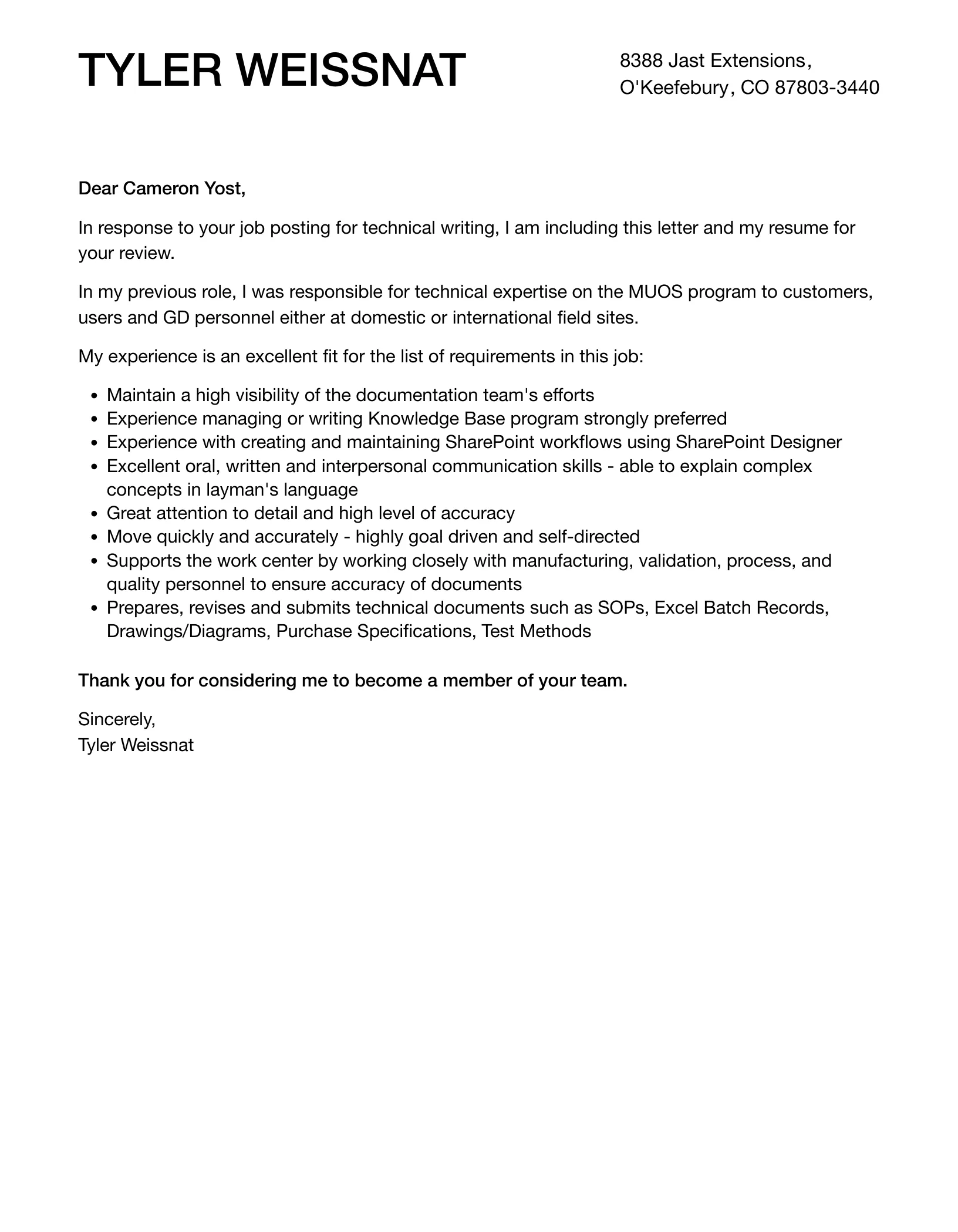The Importance of a Technical Cover Letter
In the competitive world of technology, a technical cover letter is your first impression. It is a crucial document that accompanies your resume and provides you with the opportunity to showcase your skills, experience, and personality. A well-crafted cover letter can significantly increase your chances of landing an interview. It goes beyond simply listing your qualifications, allowing you to tell a story, connect with the hiring manager, and demonstrate your genuine interest in the role and the company. In a landscape where countless applicants vie for the same positions, a strong cover letter can be the differentiator that sets you apart.
Highlight Your Technical Skills
Your technical cover letter is your chance to shine. Focus on showcasing the specific technical skills that align with the job description. Don’t just list these skills; provide context. Briefly describe how you’ve used these skills in past projects or roles. For example, instead of writing “Proficient in Python,” elaborate by saying “Developed and implemented Python scripts for data analysis, resulting in a 15% improvement in processing efficiency.” This approach demonstrates not only your proficiency but also the value you bring. Use keywords from the job description to ensure your skills are easily recognizable by applicant tracking systems (ATS) and human readers alike. This targeted approach ensures that your technical cover letter resonates with the hiring manager and highlights your ability to fulfill the job’s requirements. Highlight your skills using keywords.
Quantify Your Achievements
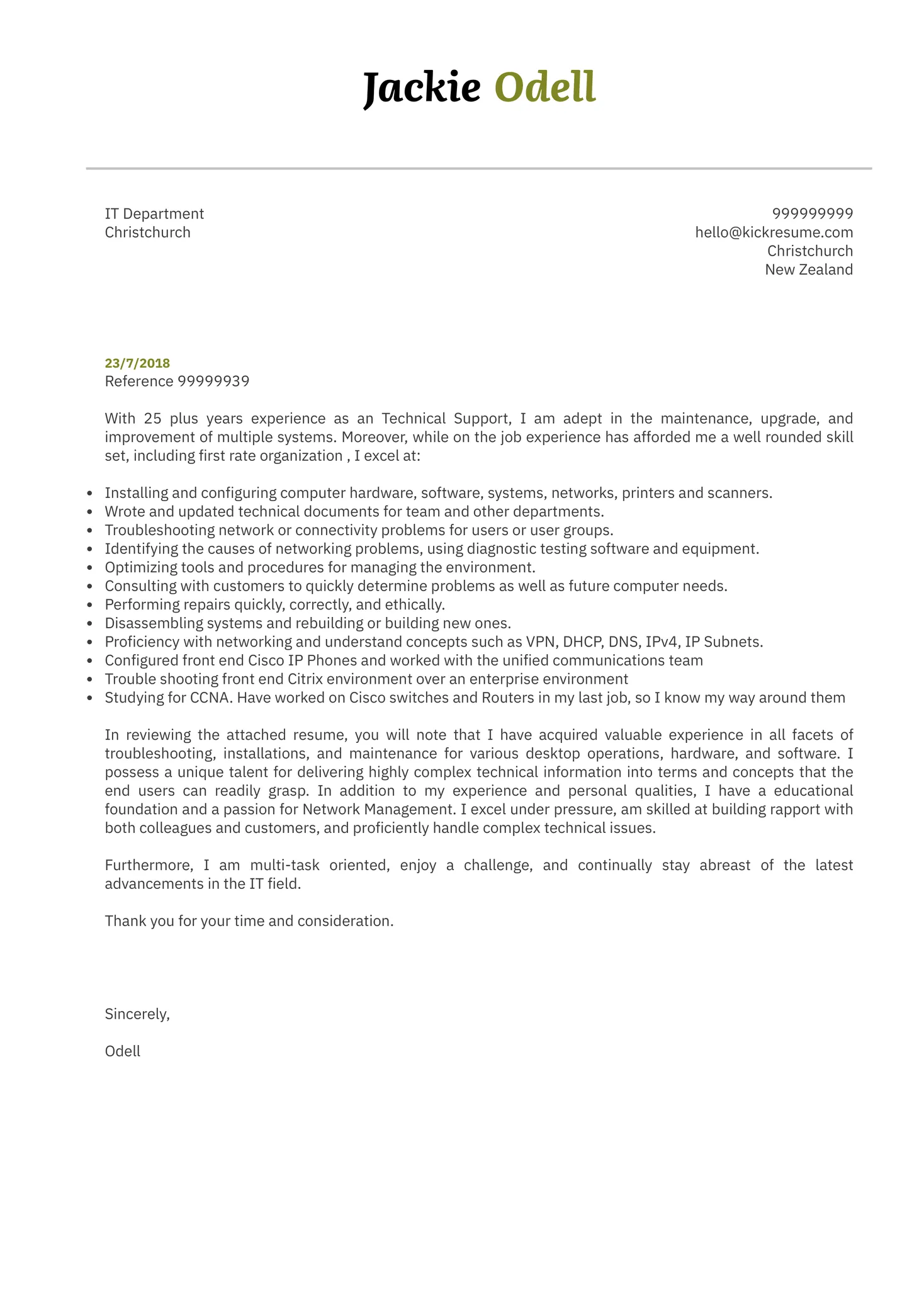
Go beyond simply describing your responsibilities and focus on quantifying your achievements. Use numbers, percentages, and data to demonstrate the impact you’ve made in previous roles. Instead of saying “Managed a team,” state “Managed a team of 10 developers, delivering projects on time and within budget 95% of the time.” This quantifiable data paints a clear picture of your capabilities and the value you can bring to a potential employer. Providing metrics like improved efficiency, reduced costs, or increased user satisfaction makes your accomplishments more concrete and memorable. Quantifiable achievements will make your technical cover letter far more compelling.
Tailor Your Letter to the Job
Generic cover letters are easily identified and often discarded. Tailor each cover letter to the specific job and company you’re applying for. Research the company, understand their mission, values, and the specific requirements of the role. Use the job description as a guide to identify the key skills and experiences the employer is seeking. Then, customize your cover letter to reflect how your skills and experience align with these requirements. Show that you understand the company’s needs and that you’re genuinely interested in the opportunity. Mention specific projects or initiatives at the company that resonate with you. Tailoring is critical for demonstrating your genuine interest and suitability. This personalization makes your cover letter stand out and increases your chances of getting noticed by the hiring manager.
Showcase Your Passion for Technology
Your passion for technology should be evident in your technical cover letter. Express your enthusiasm for the field and your eagerness to learn and contribute. Discuss your interest in specific technologies, projects, or industry trends. Mention any personal projects, open-source contributions, or professional development activities that demonstrate your commitment to staying current in the ever-evolving tech landscape. This shows that you are not just looking for a job but are truly invested in the field. Highlighting your passion makes you more relatable and memorable. It shows the hiring manager that you are enthusiastic, driven, and a good fit for the company culture.
Proofread Meticulously
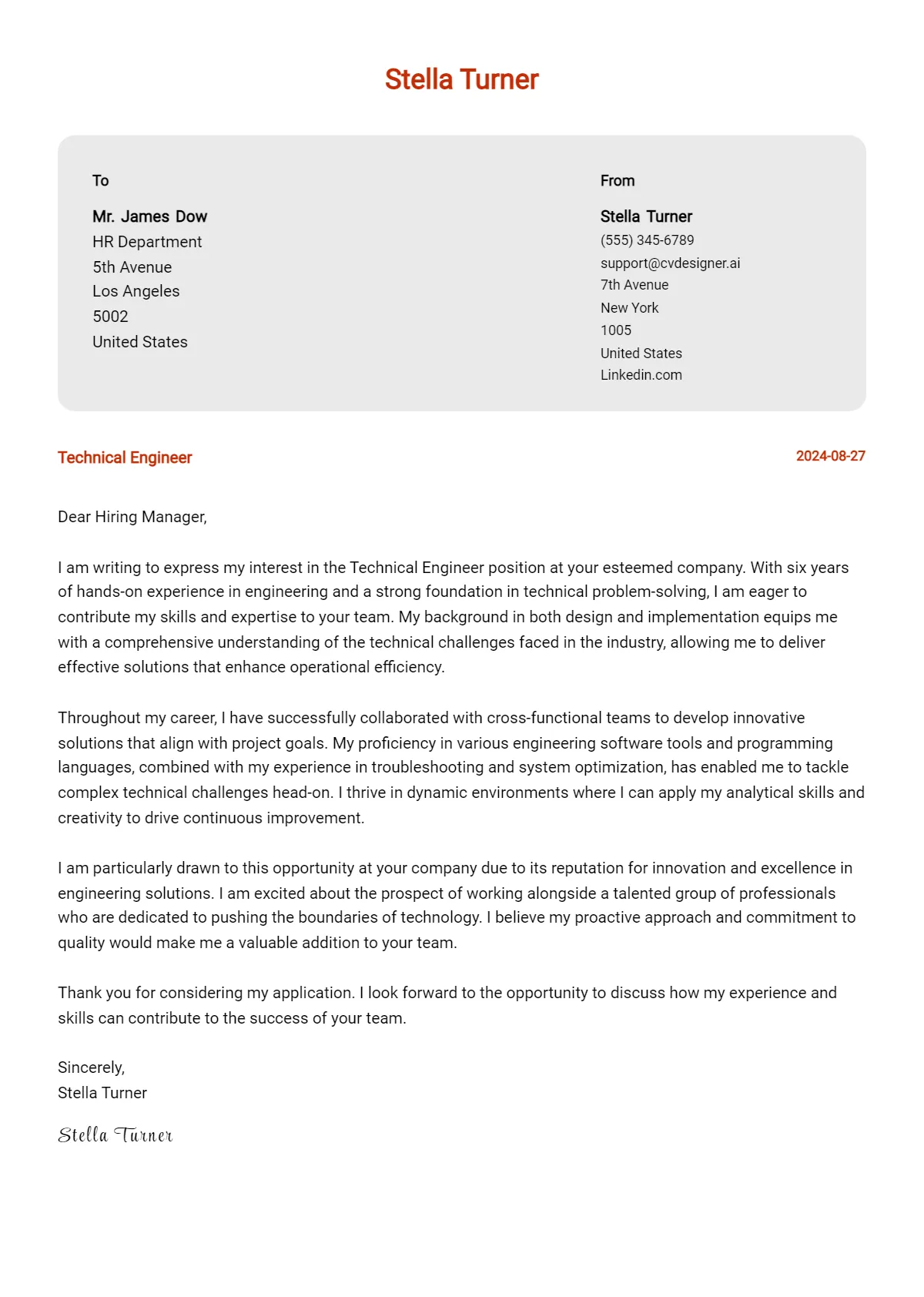
A cover letter riddled with errors can immediately disqualify you. Proofread your cover letter carefully for any grammatical errors, typos, or inconsistencies. Use a grammar checker, but don’t rely on it entirely. Read your letter aloud to catch any awkward phrasing or unclear sentences. Consider having a friend or colleague review your cover letter as a fresh pair of eyes can often spot mistakes you might miss. Ensure your letter is formatted consistently, with proper use of fonts, spacing, and headings. A polished, error-free cover letter demonstrates your attention to detail and professionalism, which are essential qualities in any tech role. Correct grammar makes your technical cover letter perfect.
Focus on Relevant Experience
While it’s important to showcase your skills and passion, ensure that your cover letter focuses on the most relevant experience for the job. Prioritize the projects, roles, and achievements that directly align with the requirements outlined in the job description. Avoid including irrelevant details that might distract the hiring manager from your most valuable qualifications. Tailor your letter to the specific requirements, using the job description as your guide. By highlighting the most pertinent experiences, you demonstrate that you’re a strong fit for the role and that you understand what the employer is looking for. Use the keywords to highlight your experience.
Emphasize Soft Skills
While technical skills are crucial, don’t overlook the importance of soft skills. In your technical cover letter, highlight skills like communication, teamwork, problem-solving, and adaptability. Provide examples of how you’ve utilized these soft skills in past projects or roles. For instance, you might describe how you successfully collaborated with a team to resolve a complex technical issue or how you effectively communicated technical concepts to non-technical stakeholders. Soft skills are highly valued in the tech industry, as they contribute to a positive work environment and effective collaboration. Showcasing these abilities can make you a more well-rounded candidate and demonstrate your potential to thrive in the role and within the company culture. Soft skills are key.
Formatting Your Technical Cover Letter
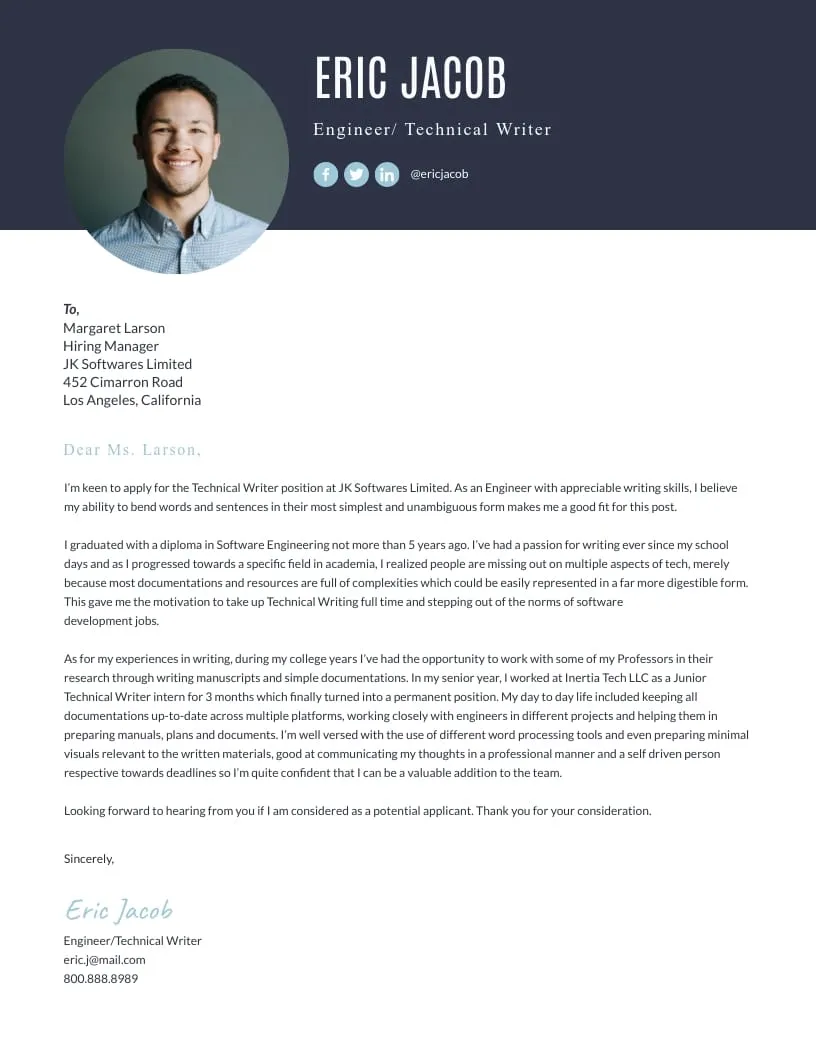
Choosing the Right Tone
The tone of your technical cover letter should be professional, confident, and enthusiastic. Avoid sounding overly casual or informal. Maintain a professional tone throughout, showcasing your expertise and enthusiasm. Strike a balance between being friendly and formal. Use a tone that reflects your personality while remaining respectful. Tailor your language to resonate with the company culture. Demonstrate your interest without appearing desperate. The goal is to create a positive impression.
Structuring Your Letter for Impact
Structure your cover letter logically. Start with a strong opening paragraph that grabs the reader’s attention and states your purpose. Then, move into the body of the letter, where you can highlight your skills, experience, and achievements. Use concise, impactful language and break up large blocks of text with bullet points or numbered lists to improve readability. End with a clear and confident call to action, expressing your interest in the opportunity and your eagerness to discuss your qualifications further. Keep your paragraphs short and focused. This structured approach ensures your cover letter is easy to read and delivers its message effectively.
Cover Letter Length
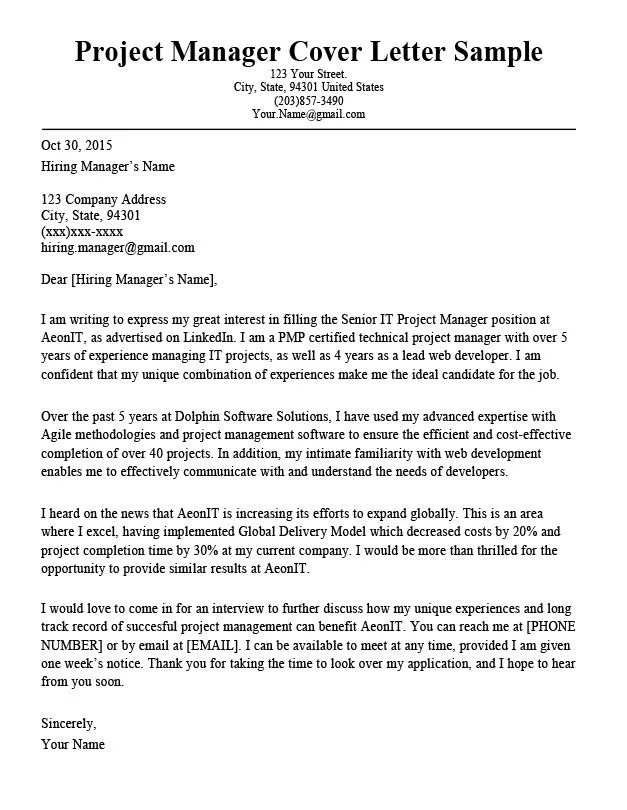
Keep your technical cover letter concise. Aim for a length of one page, as hiring managers often have limited time to review applications. Focus on the most important information and avoid unnecessary details. If you have extensive experience, prioritize the experiences and skills that are most relevant to the specific role. Use concise language and avoid jargon. Make every word count, conveying your key qualifications and enthusiasm efficiently. Remember, the goal is to create a strong impact quickly, so prioritize clarity and relevance. Concise cover letters are easily readable.
Technical Cover Letter Examples
Example 1 Software Engineer
A cover letter for a Software Engineer should emphasize programming languages, software development methodologies, and project management experience. Highlight your ability to write clean, efficient code, collaborate effectively with other engineers, and contribute to the entire software development lifecycle. Quantify your achievements by mentioning successful project launches, code performance improvements, or bug resolution rates. Showcase your knowledge of specific frameworks and technologies that are relevant to the job description. Examples will make your technical cover letter easier to read.
Example 2 Data Scientist
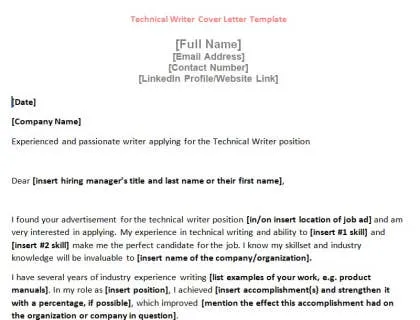
A cover letter for a Data Scientist should emphasize data analysis skills, statistical modeling, and machine learning expertise. Highlight your ability to collect, clean, analyze, and interpret large datasets. Quantify your achievements by mentioning the impact of your models, such as improved predictive accuracy or increased business insights. Showcase your proficiency in relevant programming languages (e.g., Python, R), data visualization tools, and machine learning algorithms. Demonstrate your ability to translate data insights into actionable recommendations. Present your skills and knowledge with clarity.
Example 3 IT Support Specialist
A cover letter for an IT Support Specialist should highlight your troubleshooting skills, customer service experience, and technical proficiency. Emphasize your ability to diagnose and resolve technical issues, provide excellent customer support, and manage IT infrastructure. Quantify your achievements by mentioning your success in reducing support ticket resolution times, improving customer satisfaction, or maintaining system uptime. Showcase your knowledge of relevant hardware, software, and networking technologies. Highlight your problem-solving skills.
Finalizing and Submitting Your Cover Letter
Review and Revise
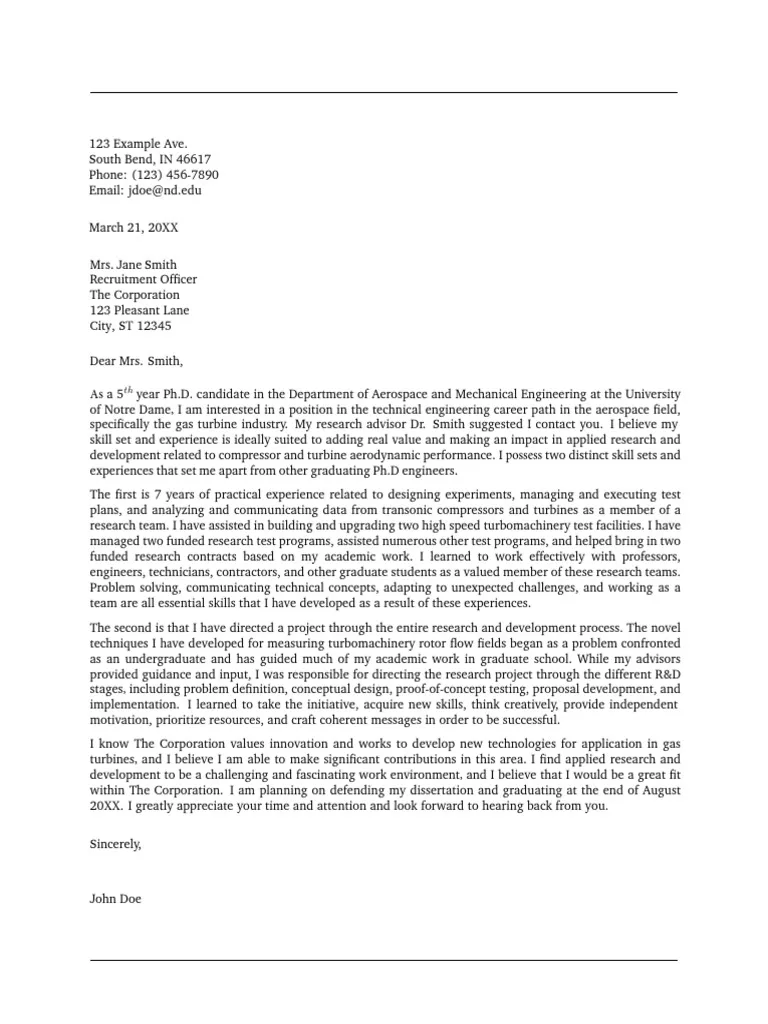
Before submitting your technical cover letter, take the time to review and revise it thoroughly. Read it multiple times, paying attention to grammar, spelling, and clarity. Ensure that the tone and language are appropriate and that all information is accurate. Consider asking a friend, colleague, or career advisor to review your cover letter for feedback. Make revisions based on their suggestions. Take your time to revise and enhance your cover letter.
Submitting Your Cover Letter
When submitting your technical cover letter, follow the instructions provided in the job posting. If the application requires you to submit your cover letter as a specific file type (e.g., PDF or DOCX), make sure to comply. Address the hiring manager or contact person by name, if possible. Customize the subject line of your email to reflect the job title. After submitting your application, you can follow up with the hiring manager. Follow all the steps correctly.
